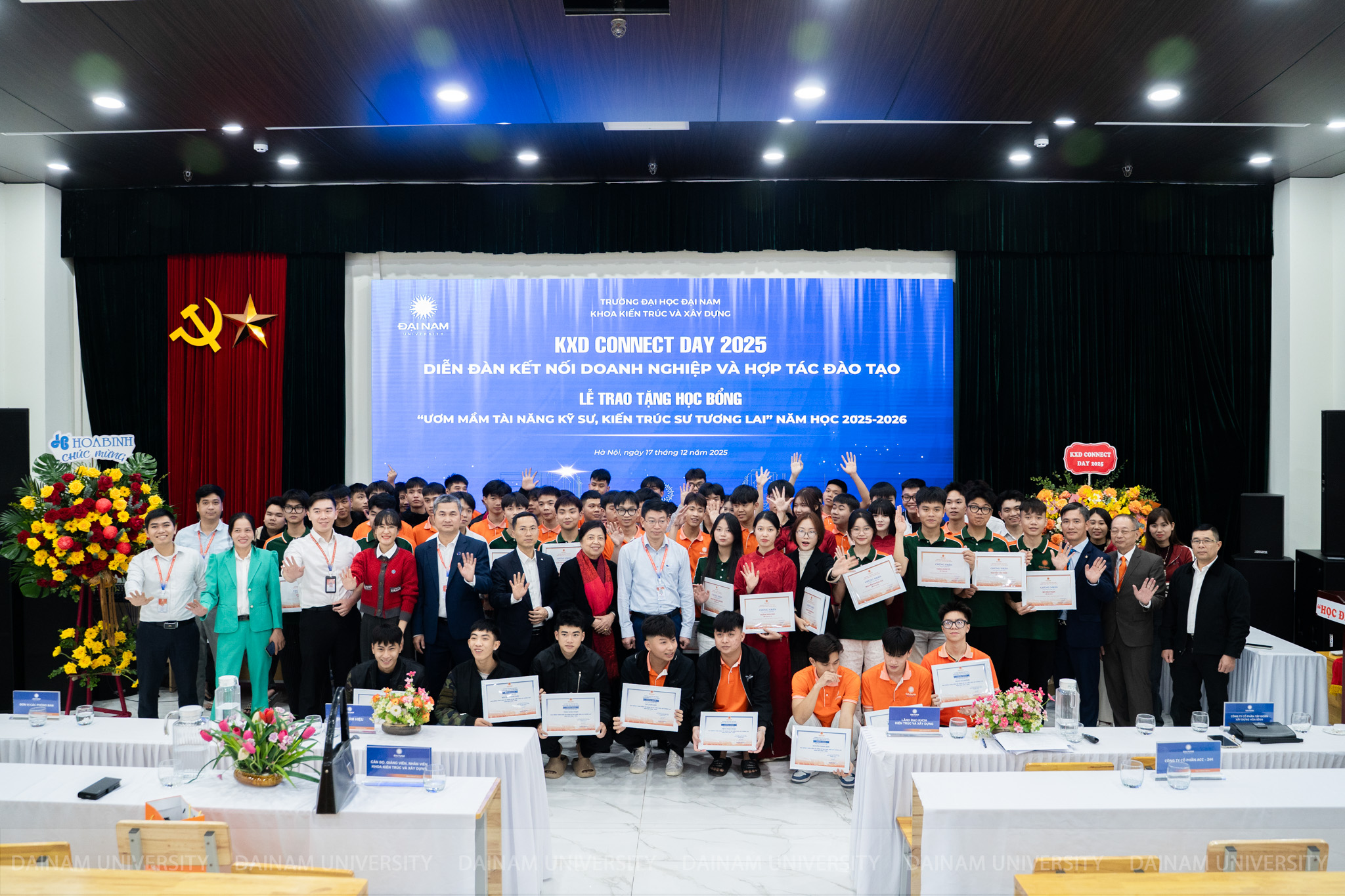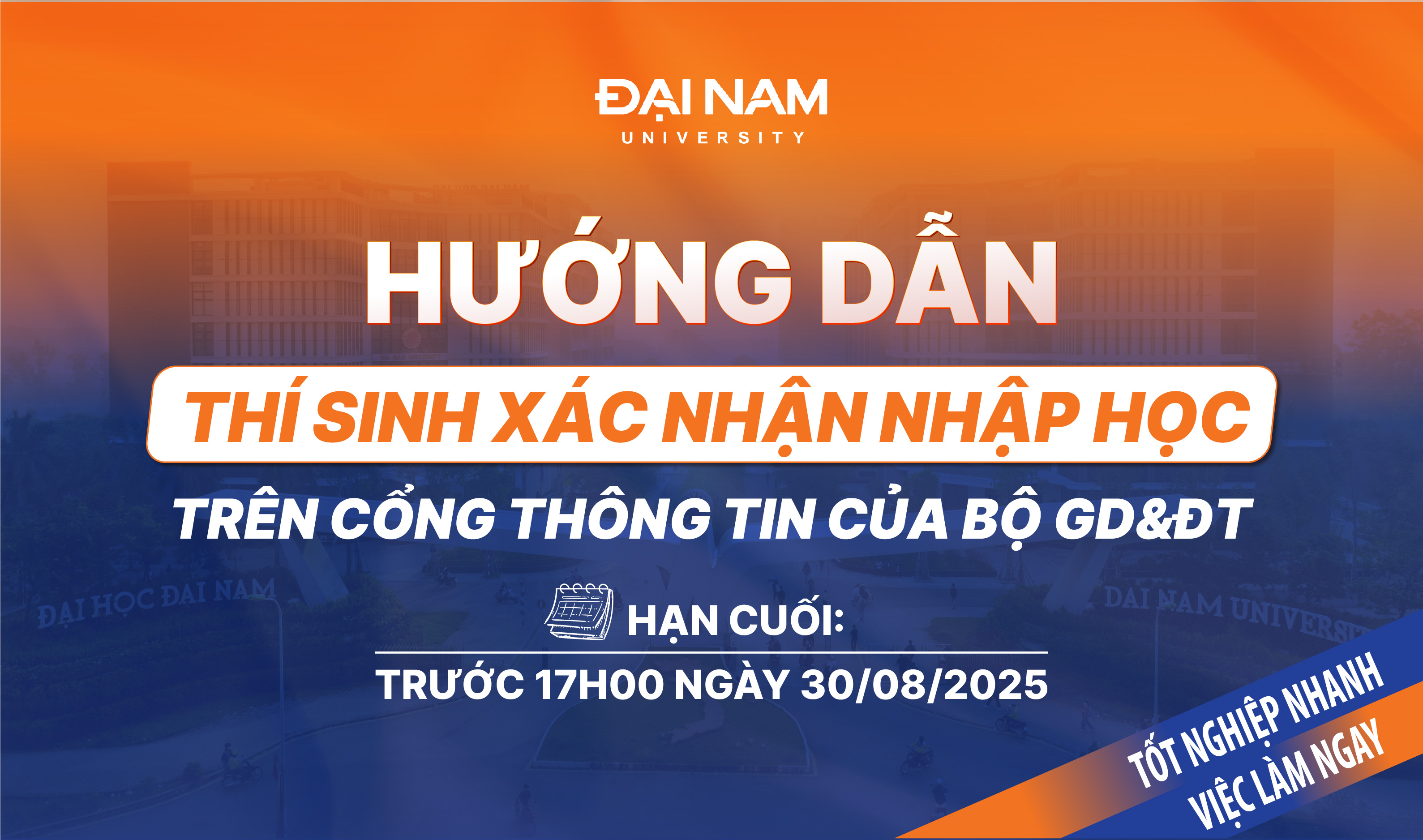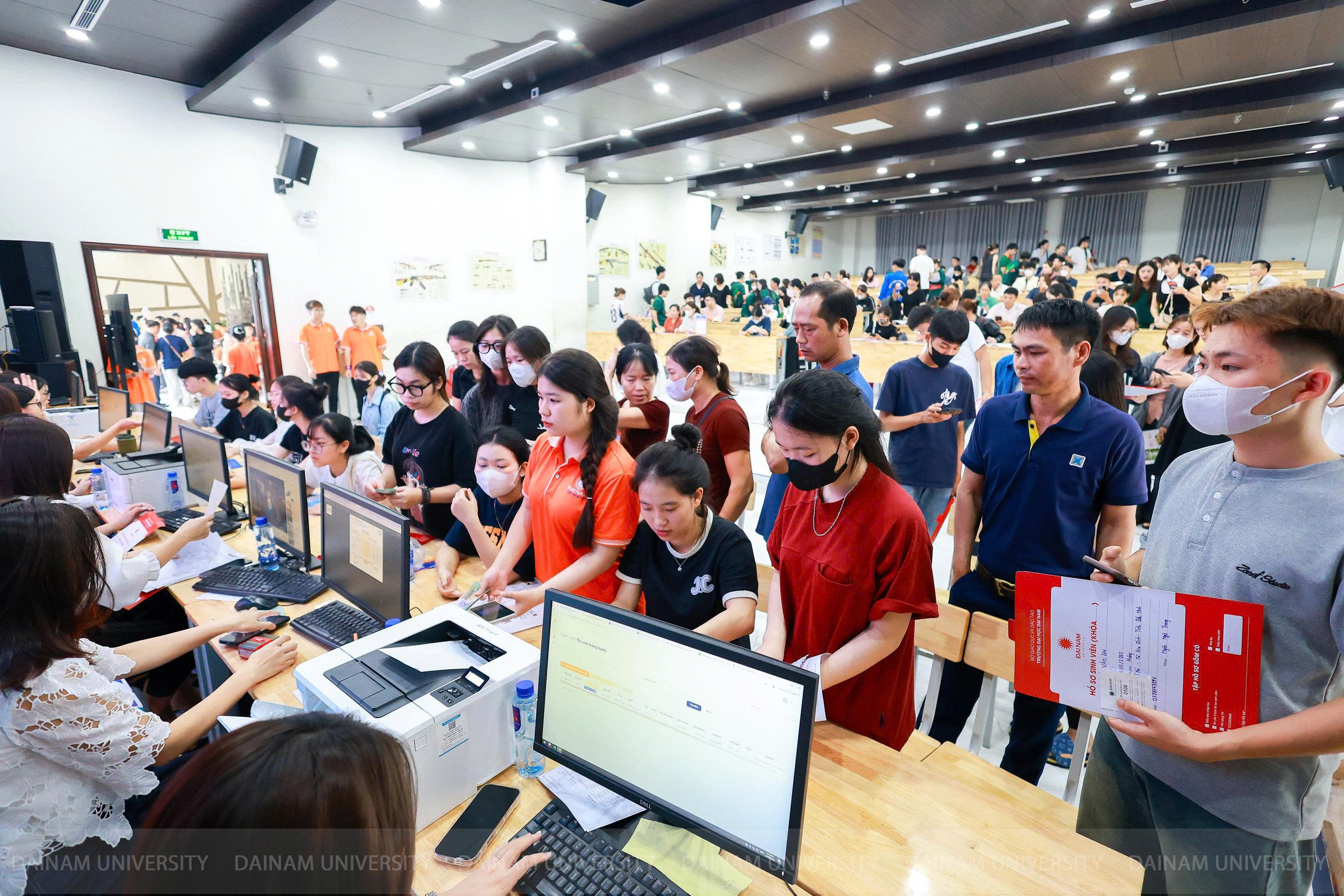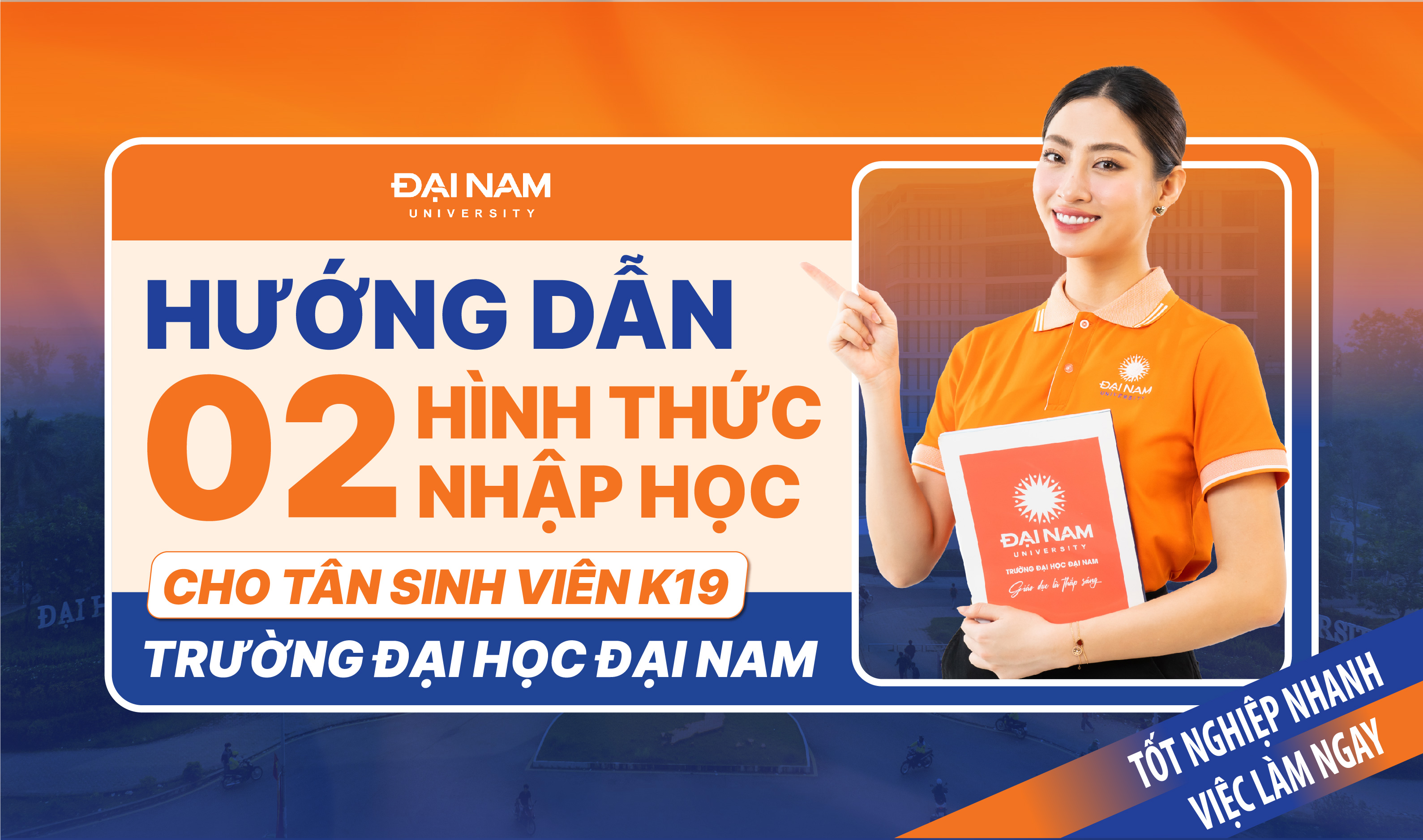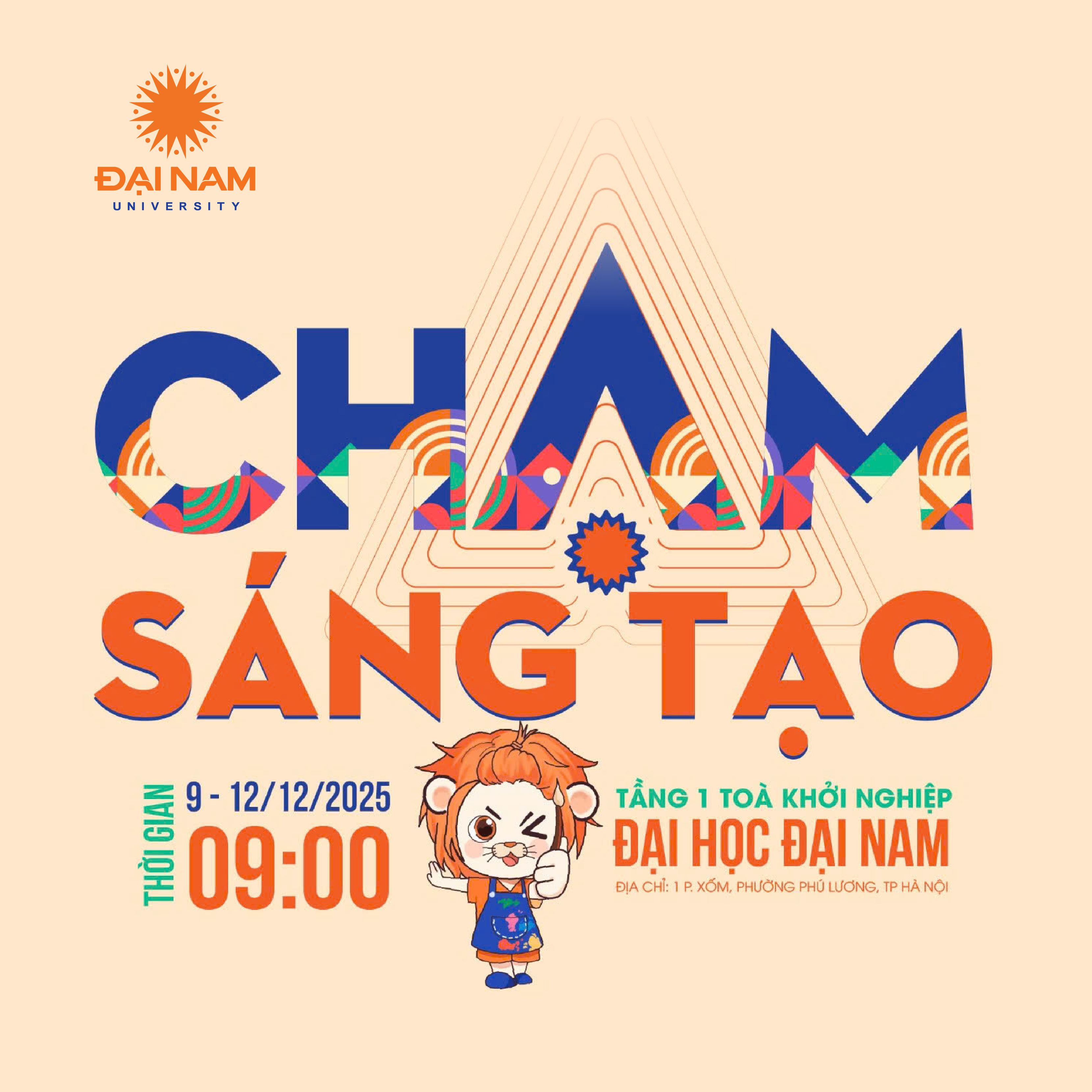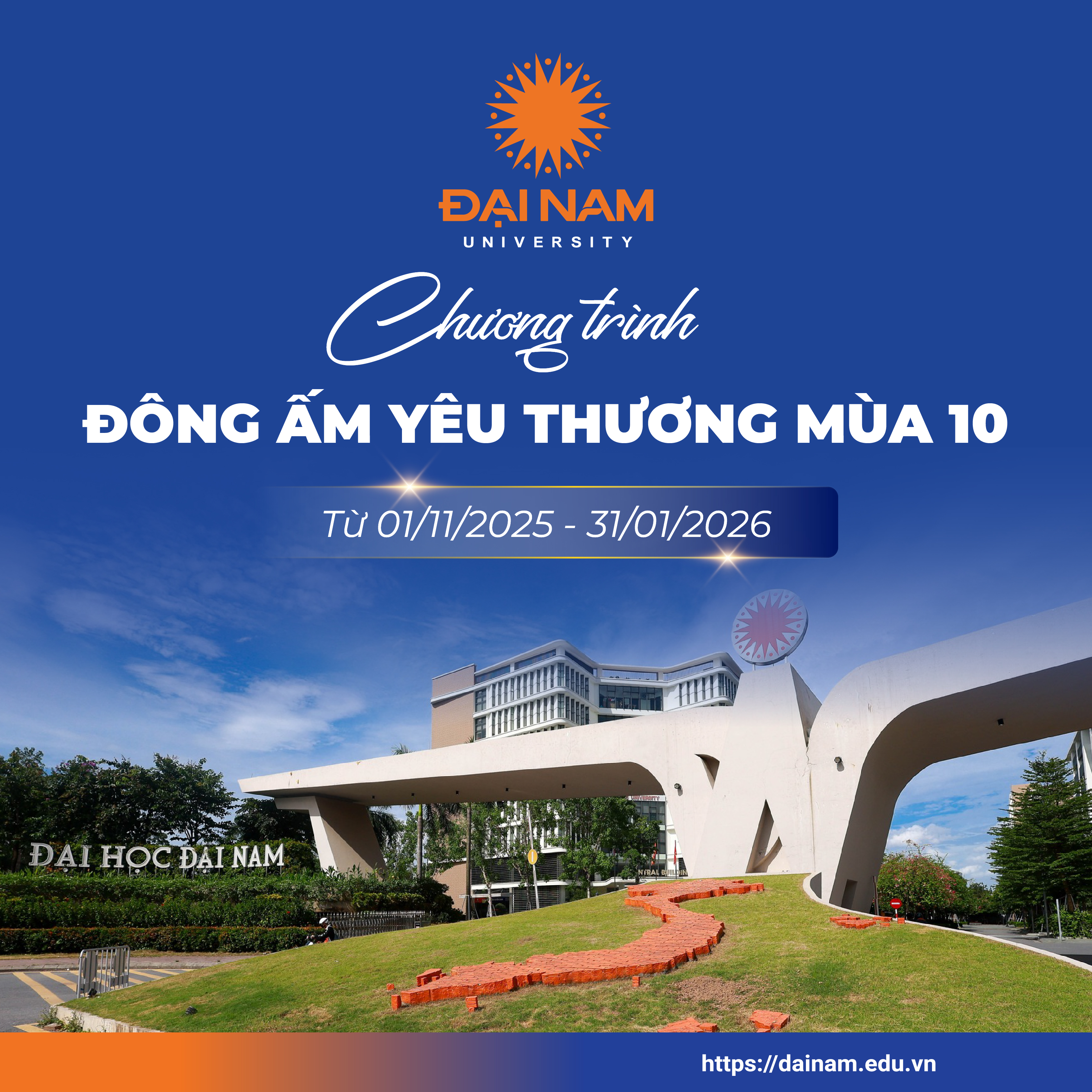Help students do well on new content in the national high school literature exam


To do well in this part requires students to have a relatively solid foundation of basic knowledge and the ability to apply that knowledge to solve the requirements of the question.
List of basic knowledge content
According to the experience of teacher Nguyen Van Tap (Cha Cang High School, Dien Bien), to help students develop reading comprehension skills, teachers must provide, or more precisely, help them review and consolidate a system of basic knowledge that serves as a foundation.
Specifically: Knowledge of word classes (concepts, word classification); knowledge of sentences (concepts, sentence classification); knowledge of rhetorical devices (comparison, metaphor, metonymy, personification, understatement, euphemism, repetition, antithesis, ...;
Knowledge of language styles (common language style, artistic language style, political language style, journalistic language style, scientific language style, public administration language style);
Knowledge of forms of expression (narrative, expressive, descriptive, explanatory, argumentative and public administration).
When reinforcing the above knowledge for students, teachers must make sure that students remember it essentially, avoiding memorizing too much theoretical knowledge without understanding the essence.
Methods for doing reading comprehension in the national high school exam
According to the analysis of teacher Nguyen Van Tap, the structure of the reading comprehension section in the national high school exam structure consists of two parts:
Part 1: Provide reading comprehension material (complete texts are often very brief, or excerpts), requiring students to read the text carefully.
The texts used as learning materials can be literary texts (poetry/prose), texts that are part of the main curriculum/additional reading, or even very new texts that are completely unfamiliar to students. The texts used as learning materials can be everyday texts.
Part 2. Give commands that require students to perform (questions) at three cognitive levels: Recognition, understanding, application (low application and high application).
Identifying expressive methods is a familiar content, often encountered in reading comprehension tests. For example: What are the expressive methods or main expressive methods of the above text?
To answer this question, students must be provided with knowledge about 6 modes of expression: Narration, description, expression, argumentation, explanation and public administration. Each mode of expression aims at a certain purpose.
Candidates should note: Not every text has only one form of expression, but often combines different forms of expression but always has one dominant method.
Regarding the identification of language styles, according to teacher Nguyen Van Tap, in the high school program, all students have learned all 6 language styles: Daily language style, artistic language style, journalistic language style, political language style, scientific language style, administrative language style. Each language style has its own stylistic characteristics.
However, in reality, reading materials are not presented in a single language style but often combine different styles. For example, political and journalistic language styles often go together; artistic and lifestyle styles can also go together. The 2014 graduation exam is a typical example. Therefore, when encountering texts of this type, students must pay close attention, otherwise they will not get full marks.
Regarding language form identification, candidates should note that there is direct language (character language - dialogue language between characters in the story, or just the character's inner monologue; the narrator's language - narrative language); semi-direct language: Language interwoven between the character's words and the narrator's words (semi-direct narrative language)...
Identify narrative methods, including: First-person narrative, in which the character tells the story himself; third-person narrative, in which the narrator hides himself; third-person narrative, in which the narrator hides himself but the point of view and narration follow the character's voice in the work.
Identify formal conjunctions, including: Word repetition; synonyms/antonyms/associations; substitution; conjunction.
Identify sentence types including: Sentences divided by speaking purpose; sentences divided by grammatical structure/function
Identify rhetorical devices, including: Comparison; metaphor; metonymy; personification; understatement; hyperbole; repetition of words, repetition of phrases, repetition of grammatical structures; antithesis; use of reduplicated words.
Identify the poetic forms including: Five-word (each verse has only five syllables); seven-word (each verse has seven syllables); six-eight (one verse has six syllables, one verse has eight syllables forming a pair); six-eight variation (usually the variation in the eight-syllable verse can be varied into 9 to 13 syllables); double seven-six-eight (two verses have seven syllables and a pair of six-eight); free (the number of syllables in each line of poetry is not the same).
Identify argumentative operations, including: Explanation, demonstration, analysis, comparison, commentary, and refutation.
Identify argumentation methods, including: Deductive method (key sentence, sentence stating the general idea at the beginning of the paragraph); inductive method (key sentence, sentence stating the general idea at the end of the paragraph); parallel method (no key sentence, topic sentence, all sentences focus on a common topic); chain method; synthesis - analysis - synthesis method (there are two key sentences at the beginning and end of the paragraph but these two sentences are not the same).
The second level of reading comprehension questions is comprehension. At this level, the questions require answering the following questions: What is the main content of the text? What is the summary of the content of the text? For this question, students need to read the text carefully, and can rely on the title and the opening and closing sentences of the text to determine the main content.
If the text does not have a title, the topic may require giving a title that matches the content; answering why questions; analyzing the meaning and effect of pauses (if the corpus is a poem).
The application level requires students to be able to answer the following questions: What is the effect of the rhetorical device used in the text? What is the meaning of some special words in the text, usually words used with figurative or implied meanings, not words with only direct meanings. Write a paragraph related to the content of the text, or write a paragraph expressing your own thoughts.
In the past, when training students in reading comprehension, teachers often started by guiding students to read and understand each text. This method was very time-consuming, because the texts used as reading comprehension materials were so rich and diverse that teachers could not teach all of them to students.
With the above instructions, teachers do not have to spend much time guiding students to solve each specific problem, but only provide them with the "key" to reading and understanding the text.
The key is a system of necessary knowledge and skills that students must have to use in the process of reading and understanding a normal text. When students have a basic knowledge base, teachers only need to illustrate with some basic questions. From there, students can be completely proactive and confident when facing any text reading and understanding questions.
Mr. Nguyen Van Tap